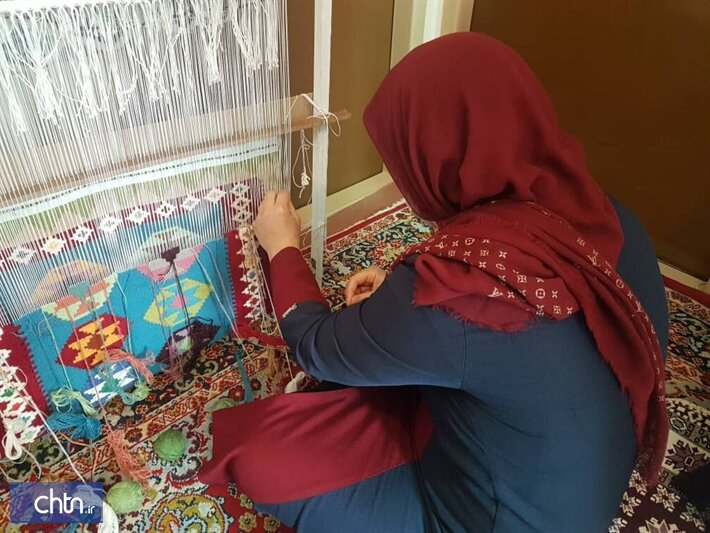Lorestan villagers, nomads active in handicraft industry

TEHRAN – Some 20,000 rural and nomadic people in the western province of Lorestan are working in different fields of handicrafts, provincial tourism chief has said.
Rural handicrafts are small and home-based businesses, which are mostly used for personal use and the surplus is offered in the local markets, CHTN quoted Seyyed Amin Qasemi as saying on Tuesday.
Referring to the widespread migration of villagers as one of the social harms, he also noted that promoting handicrafts products in rural areas can prevent the migration as well as generate job opportunities.
He also stated that due to their artistic aspects, handicrafts products can promote the region’s culture in the country and even beyond the borders.
Lorestan is one of the lesser-known travel destinations in Iran, and mainly acts as a gateway to the neighboring Khuzestan province which hosts UNESCO sites of Susa, Tchogha Zanbil, and Shushtar Historical Hydraulic System.
Lorestan is also a region of raw beauty that an avid nature lover could spend weeks exploring, living with a nomad or rural family.
Lorestan was inhabited by Iranian Indo-European peoples, including the Medes, c. 1000 BC. Cimmerians and Scythians intermittently ruled the region from about 700 to 625 BC. The Luristan Bronzes noted for their eclectic array of Assyrian, Babylonian, and Iranian artistic motifs, date from this turbulent period.
Lorestan was incorporated into the growing Achaemenid Empire in about 540 BC and successively was part of the Seleucid, Parthian, and Sasanid dynasties.
Bisheh Waterfall, Snow Tunnel, Poldokhtar ponds, Falak-ol-Aflak Castle, Soltani Mosque of Borujerd, Shapouri Bridge, and Shirez Canyon are amongst tourist sites of the mountainous province.
ABU/MG
